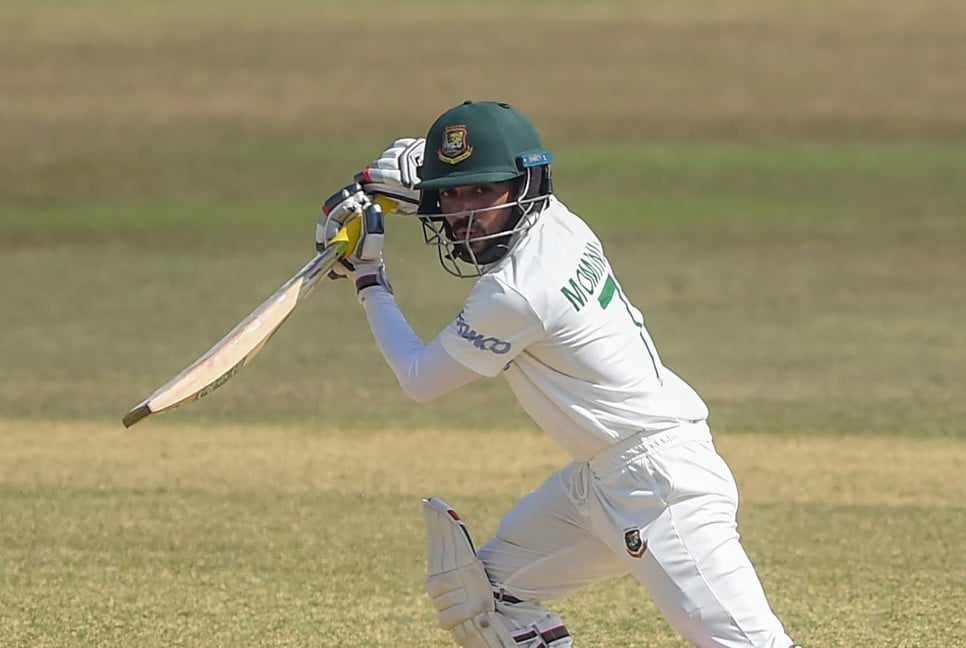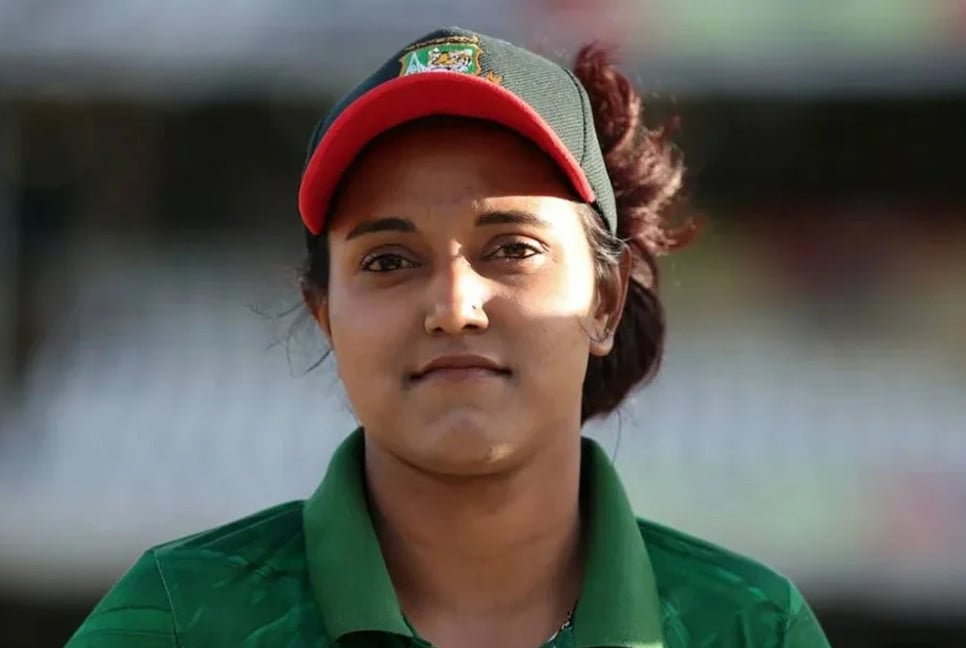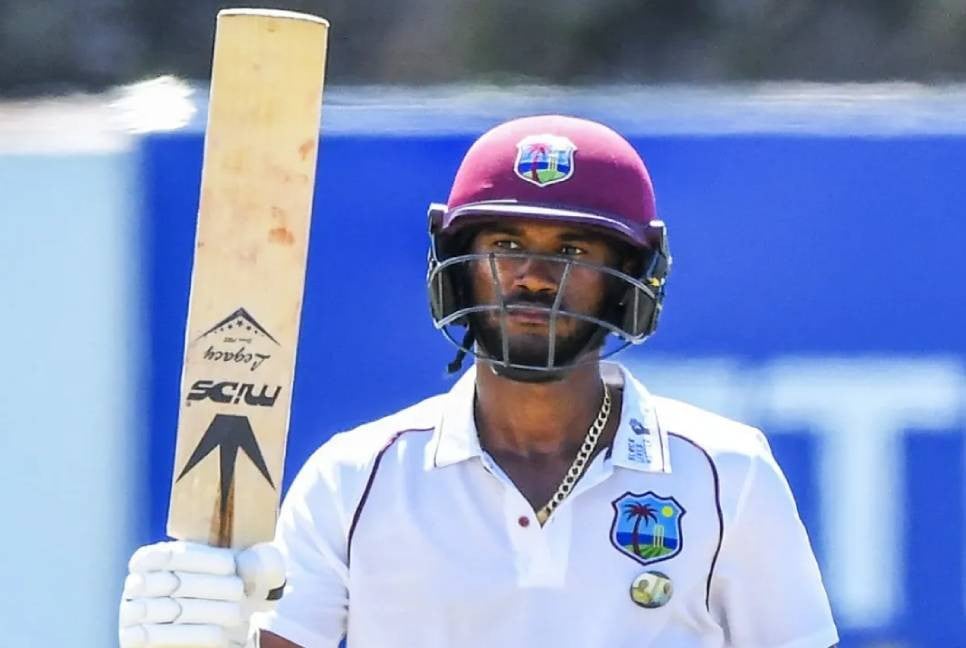As Bangladesh prepares to take on Zimbabwe in a two-match Test series, batter Mominul Haque sat down with Daily Sun to discuss the challenges of modern Test cricket and his approach to preparation. He reflected on the evolution of the game, the importance of mental readiness, and his aspirations in white-ball cricket. Excerpts from the interview:
Question: Zimbabwe is set to tour Bangladesh for a two-match Test series, but these matches are not part of the ICC Test Championship. How do you approach a series like this? From a player’s perspective, is there any difference between Test Championship and non-Test Championship matches?
Mominul: For me, there’s no difference. Some might say it’s a good preparation opportunity, and they wouldn’t be wrong. But as a player, my approach and intensity remain the same for every Test match. At the end of the day, it’s still a Test, where your skills and temperament are tested, and every run you score adds to your tally.
Question: ou mentioned preparation. Last year, after the Dhaka Premier League, Bangladesh played a two-match Test series against Sri Lanka and struggled badly. You openly admitted that Bangladesh’s failure was due to a lack of red-ball preparation. This year, the situation is similar, with players coming off a long stretch of white-ball cricket, both domestically and internationally.
Mominul: There’s no other option but to prepare mentally. If we don’t have red-ball matches as preparation, we must rely on visualization. Performances can never be guaranteed, but at least we try.
You mentioned the Sri Lanka series—if you look at that squad, there was no Mushi Bhai (Mushfiqur Rahim) or Shakib Bhai (Shakib Al Hasan). Liton and I were the only senior players. I managed to score runs because I had experience handling this kind of scheduling issue, but the younger players didn’t. And you can’t blame them; they hadn’t been through it before. With time, maybe in a season or two, they’ll learn how to deal with these situations. If our senior players had been available, things would have been different because they know how to adapt. They’ve done it repeatedly throughout their careers.
Question: You bat at number three, which is rare for left-handed batters in modern Test cricket. Many prefer batting lower in the order to face a softer ball. Yet, you take that risk.
Mominul: Not everyone thinks the same way. I know it’s challenging, but life itself is full of challenges—compared to that, this is nothing. At that time, the team needed me at number three, and I had already batted there before. My record at three and four is quite similar, so I don’t see much of a difference.
Question: Left-handed top-order batters have faced serious challenges in the last five to six years. The Kookaburra ball has changed—the seam is more pronounced. Bowlers are faster and maintain intensity for longer periods, often attacking left-handers from around the wicket. Additionally, Test pitches worldwide have become more bowler-friendly. How do you adapt to these conditions?
Mominul: You can’t step out to bat with all these thoughts in your mind; otherwise, you'll be overwhelmed. For me, everything comes down to preparation. In that process, I factor in all these challenges. Where are my scoring opportunities? Which shots should I play against a particular bowler? I try to answer these questions in my preparation.
Question: You’ve seen both eras of Test cricket—when 500 vs. 500-run matches were common and now, where low-scoring games are frequent. You started your career in the batting-friendly phase, but since 2018-19, things have changed drastically. After an excellent start to your Test career, you struggled during that shift but have made a strong comeback in the last two years. What adjustments did you make?
Mominul: Honestly, the first five years of my career just flew by—I didn’t truly understand everything. Now, the game is evolving rapidly, and technology plays a huge role. You can’t hide anymore.
For example, I analyze my performance, how do I fare when bowlers attack from over or around the wicket? How does my scoring rate change against different types of bowling? These details weren’t as prevalent before, but now they are crucial. So, as a batter, I study these patterns.
I also train with the Kookaburra ball, practicing different scenarios. I try to simulate match situations in my head so that when I step onto the field—the “examination” that is Test cricket—I’m not caught off guard by the “question paper.” But sometimes, you do encounter situations where you don’t have an answer. In those moments, you just have to find a way to survive and score runs.
Question: That’s exactly what you did in Kanpur last year—sweeping everything against Ashwin and Jadeja.
Mominul: As I said, it’s about recognizing patterns and adapting. With all the stats and technology available, you can analyze and find a way to score runs. Regardless of the conditions, you must always ask yourself one question, Where can I score runs off this bowler? If you do that, your brain will naturally start working toward solutions. This process begins long before the match so that you already have a plan when you go out to bat.
Question: With all the changes in bowling strategies, do you think that’s why scoring rates in Test cricket have increased?
Mominul: Of course. With the advantages bowlers have now, they are naturally more aggressive. And when bowlers attack, batters also get more opportunities to score.
Question: You’ve been scoring consistently in the Dhaka Premier League, especially in the middle overs. With a vacancy in the national team, is there a chance we might see you back in white-ball cricket?
Mominul: Let’s see. If God wills it (smiles). I haven’t given up on ODI cricket. Over the past two to three years, I’ve worked on improving my middle-over batting in ODIs. I wouldn’t say I’ve mastered it, but I’m trying. My focus is on maintaining a healthy strike rate and reducing dot balls.
Bd-Pratidin English/ AM































































